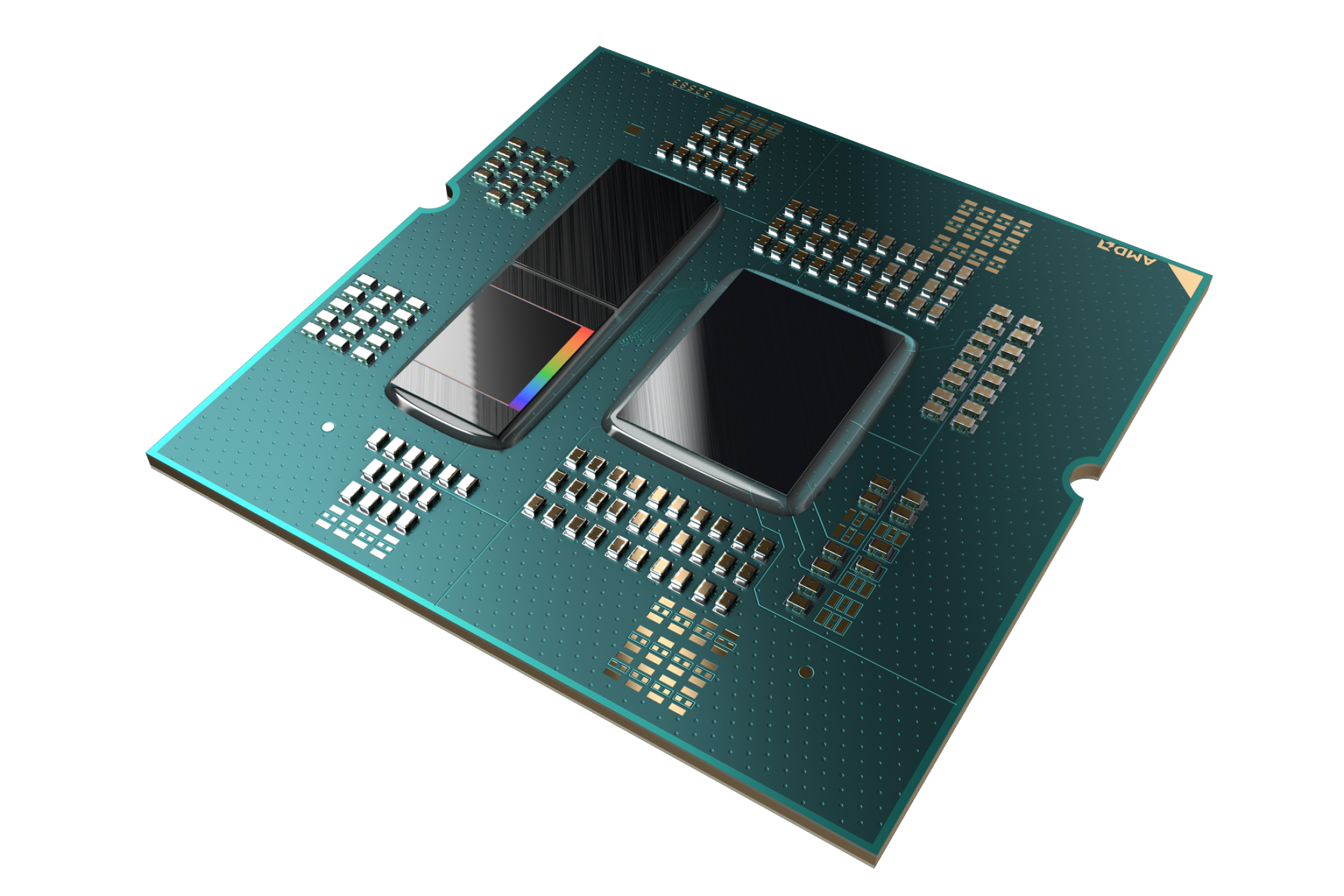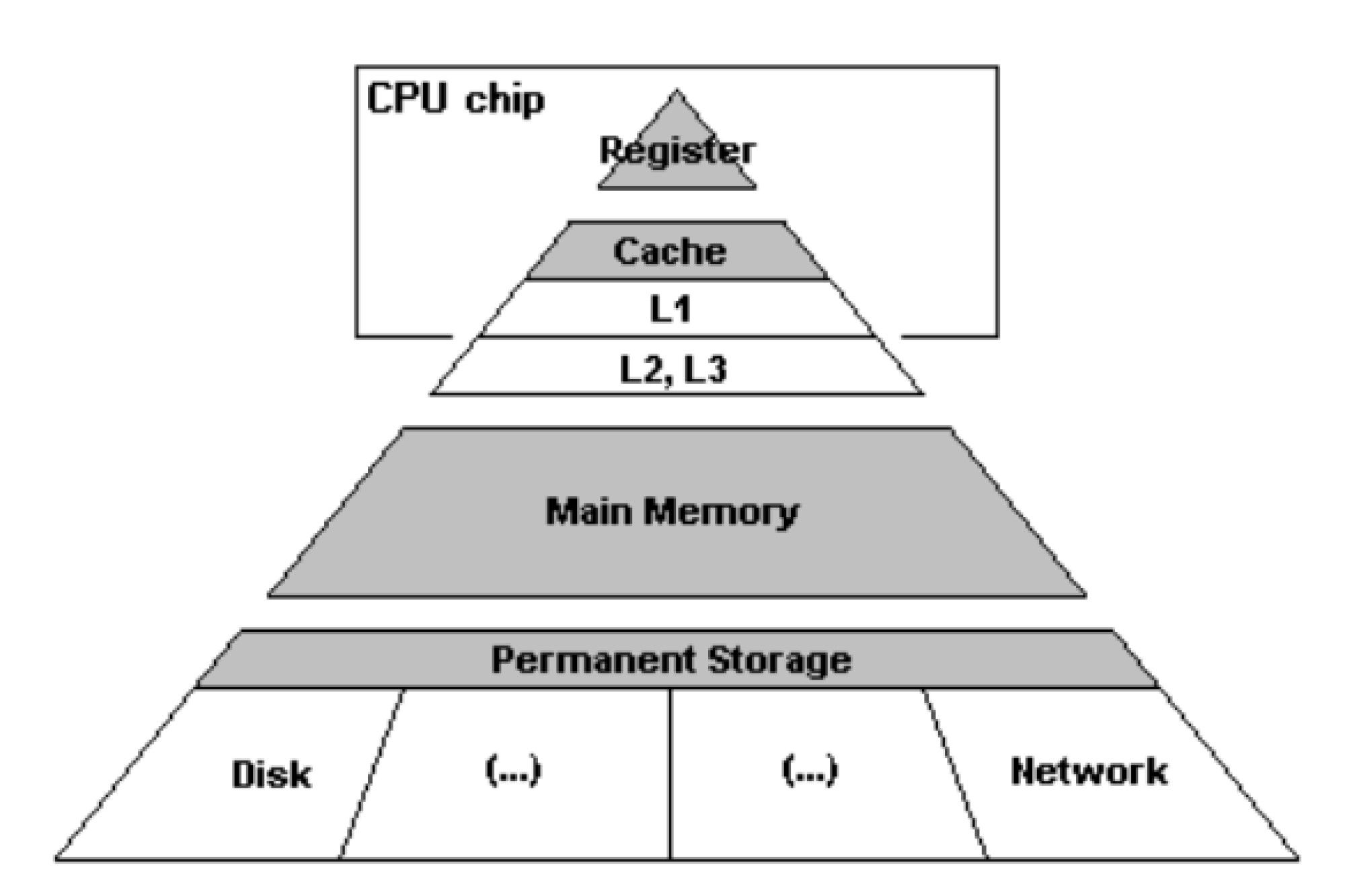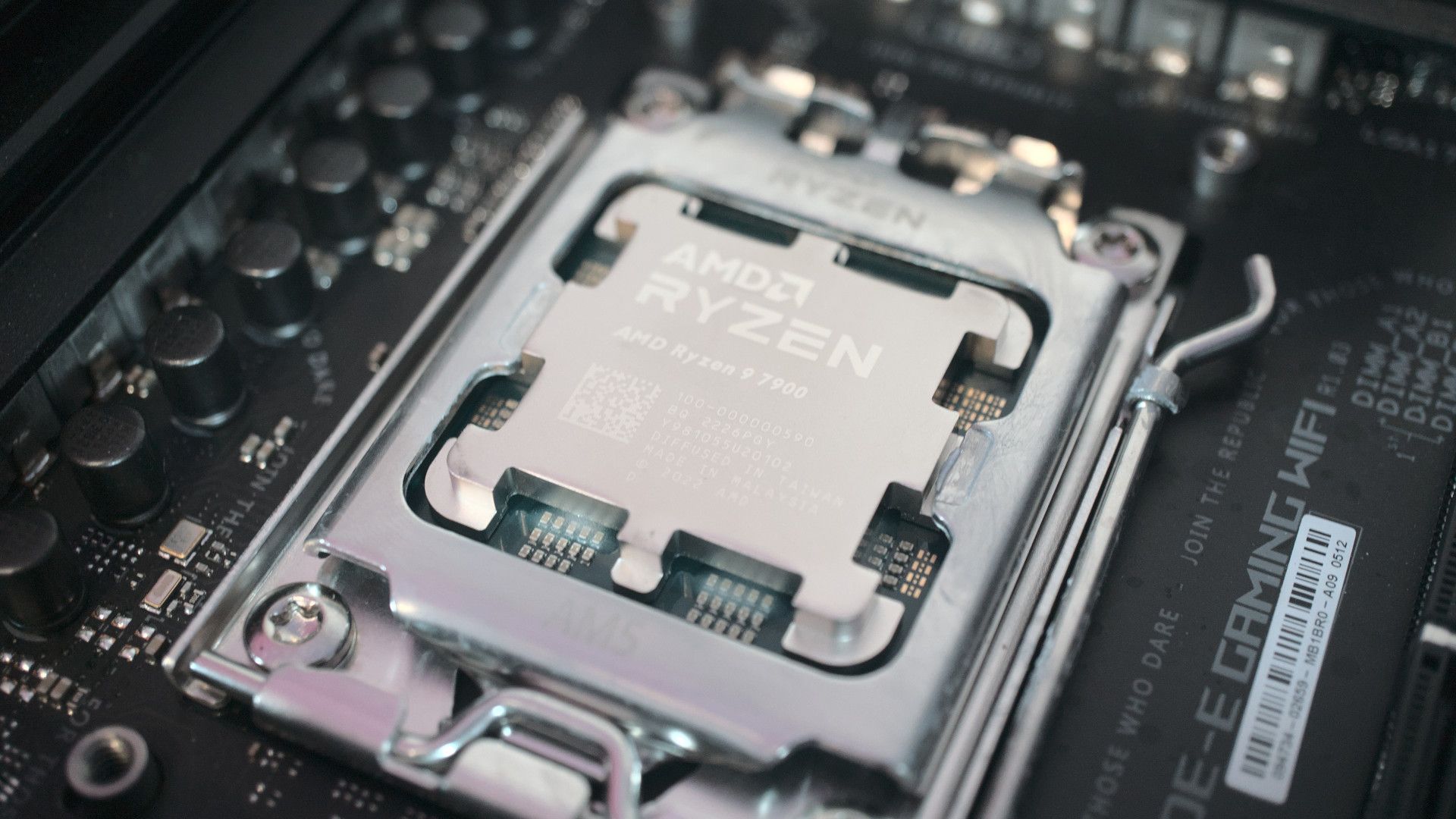Cores and frequencies used to be the main specifications people looked at when buying a CPU, but AMD's 3D V-Cache technology has changed all that. The Ryzen 7 5800X3D in 2022 proved that cache is the most important factor when it comes to gaming performance, and AMD was able to turn a midrange gaming CPU into a contender for the gaming crown just by adding what the company dubbed its "3D V-Cache".
3D V-Cache isn't just some marketing buzzword or a gimmick like the Sega Genesis's "blast processing" but rather a solution to one of the greatest problems the semiconductor industry has ever faced. Even without that, 3D V-Cache has proven to be a great way to offer even more premium and high-end CPUs without much effort on AMD's part.
What is cache?
Before we even talk about 3D V-Cache, we need to talk about regular old cache. A long time ago, computers used two basic types of storage: hard drives and random access memory (RAM). Hard drives are slow but can store a lot of data, while RAM can only store a small amount of data but are very fast. This arrangement worked well until the pace of CPU performance improvements began to outpace RAM in the 1990s, and RAM needed to get faster so that processors weren't being bottlenecked.
The solution was cache. This kind of memory is a lot smaller than RAM but has even greater performance, and it's located right in the processor rather than somewhere on the motherboard. This created a memory hierarchy, with cache at the top, RAM in the middle, and storage (like hard drives and solid-state drives) at the bottom. But cache eventually developed its own hierarchies, with varying levels of performance and capacity to suit the needs of each chip. (This also applies to other kinds of processors like GPUs.)
Today, the typical high-end CPU has level 1 (or L1), L2, and L3 cache. L1 cache is tiny and given to each individual core to process small instructions as quickly as possible. L2 cache is given to a cluster of cores for exclusive use but is larger, sometimes by an order of magnitude, and stored outside any individual core. L3 cache is usually shared by all cores on a single CPU and is often the largest and final tier. Some very niche CPUs even come with L4 cache, which is usually not on the CPU itself but rather a type of RAM put on the CPU package, such as 4th Gen Xeon's HBM2 cache.
What is 3D V-Cache?
3D V-Cache is simply a chip that has nothing but cache on it, and Ryzen 5000 and Ryzen 7000 CPUs are designed with 3D V-Cache compatibility in mind. Each 3D V-Cache chip, or chiplet, has 64MB of L3 cache on it, double the amount of a single Zen compute chiplet. You might think 3D V-Cache ought to count as L4 cache since it's not part of the CPU itself, but AMD actually installs these chiplets vertically on compute chiplets, where all the cores and cache are located, and this is where the 3D V-Cache branding comes from.
The Ryzen 7 5800X3D was the very first AMD CPU to use this technology, and as the only 3D V-Cache CPU of its generation, it was basically a test run. The Ryzen 7 5800X (with no V-Cache) has 32MB of L3, but the 5800X3D has triple that at 96MB. The whole point of adding all this cache was to prevent the CPU from needing to communicate with the RAM as much as possible since RAM is much slower than L3 cache. For most applications, this is way too much cache, but there's one kind of software that loves cache: games.
Games generally don't require lots of CPU cores and raw horsepower to run well but rather require the CPU to process lots of small data as soon as possible. After all, most PC gamers want to run their games at 60 FPS or higher, which means a brand-new frame at least every 16.67ms. The 5800X3D is up there with the Ryzen 9 5950X and Core i9-12900K in gaming performance, and it still holds up well against the Ryzen 9 7950X and Core i9-13900K. When Ryzen 7000X3D CPUs launch this year, they will almost certainly be the fastest gaming chips on the market.
That said, 3D V-Cache isn't perfect, as CPUs using V-Cache have lower clock speeds than their non-3D counterparts. The extra cache makes up for the lower frequencies in games, but in other applications, there is a small performance loss. For this reason, 3D V-Cache may never become the default for Ryzen CPUs.
What's so special about 3D V-Cache?
At the end of the day, 3D V-Cache is just a chip with cache on it and the 5800X3D's great gaming performance is more indicative of how great cache is for gaming rather than 3D V-Cache offering new levels of performance. But 3D V-Cache is not revolutionary for cache, but rather for the way processors are being built and a potential solution to one of the industry's greatest problems: the death of Moore's Law.
Even if there wasn't a manufacturing crisis, 3D V-Cache is still an effective way to offer an enthusiast-level product.
Moore's Law is a prediction that the fastest chips two years from now will have double the transistors of the fastest chips that exist today. A transistor is the smallest component of a processor, and more transistors usually mean better performance. Since processors can only be so large, meeting the expectations of Moore's Law means achieving higher density, and higher density is achieved primarily through using better manufacturing processes (also called nodes). In short, the industry has traditionally been able to keep up with Moore's Law by using the latest process or node.
For the past decade, Moore's Law has been on life support because developing better new nodes has been extremely difficult. The pace of increasing density has slowed so significantly that companies might not be able to meet the expectations of Moore's Law, which means technological progress is slowing down. Cache, in particular, has been very resistant to density improvements, and just last year, TSMC announced its initial version of the 3nm process wouldn't have greater cache density than 5nm.
3D V-Cache is an ingenious solution to this problem. By putting most of the CPU's cache on its own chiplet, AMD can dedicate more space on the compute chips to logic transistors, which make up individual cores and are much easier to shrink than cache. Additionally, this means AMD can use older, cheaper nodes for V-Cache chips while saving the cutting-edge nodes for the compute chiplets. We can already see AMD applying this design theory to its GPUs; the RX 7900 XTX and XT have one main GPU chip surrounded by six other chiplets that contain all the L3 cache.
Even if there wasn't a manufacturing crisis, 3D V-Cache is still an effective way to offer an enthusiast-level product. AMD doesn't need to design a CPU specifically for gaming (which would make it hard for AMD to turn a profit), nor does AMD need to make its mainstream CPUs come with more cache than necessary (which would make every CPU prohibitively expensive). 3D V-Cache is so simple yet such a game changer; it's possible, even probable, that we'll see companies like Intel replicate the success of 3D V-Cache with their own cache chips.



